Europe’s Highest Train Station Looks Like a Supervillain’s Secret Base
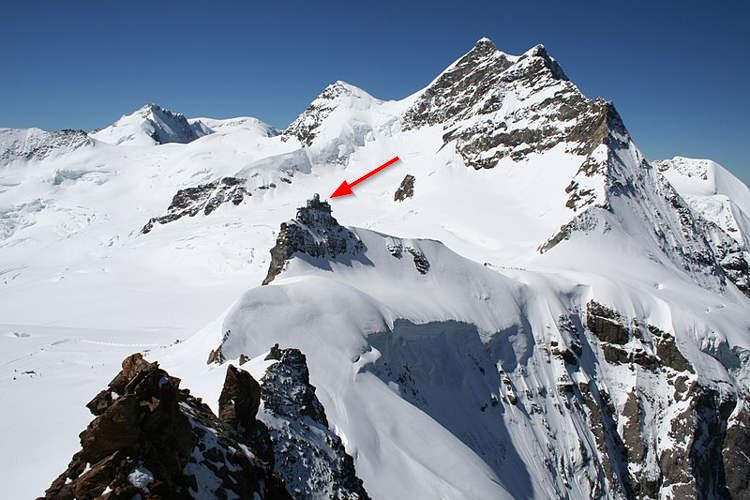
High up in the Swiss Alps, at an altitude of almost 3,500 meters (11,332 feet), lies Jungfraujoch, Europe’s highest train station, a wonder of human engineering that has been around for over a century. The train doesn’t seem like the best means of transportation when trying to climb a mountain, but the Swiss would beg […]
Hotel EastLink – Getting a Room Here Is Literally Impossible

Located alongside a motorway outside of Melbourne, in Australia’s Victoria state, lies Hotel EastLink. At least what looks like a high-rise hotel, because in reality, it’s just an unusual sculpture. Designed by local artist Callum Morton, the Hotel EastLink was unveiled in 2007, and it has been confusing motorists ever since. It’s not as large […]
China’s Impressive ‘River Highway’ Lets Motorists Drive Through the Middle of a River
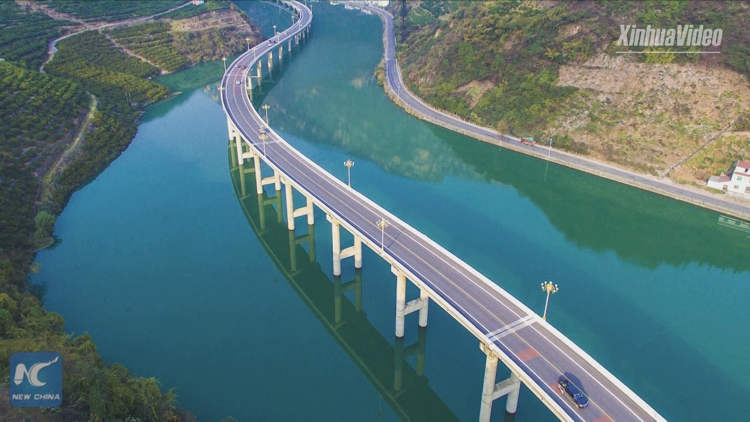
A mountainous river valley in China’s Hubei province is home to one of the Asian country’s most impressive pieces of infrastructure – a highway bridge that runs through the middle of a river. Finalized in 2015, China’s ‘river highway’ is widely regarded as an infrastructural wonder. Designed to link the town of Gufuzhen in Xingshan […]
The World’s Largest Department Store Is the Most Popular Tourist Attraction in Sweden

Covering an area as big as five football fields and selling over 100,000 products in 25 different departments, Gekås Ullared is not only the largest department store in the world, but Sweden’s most popular tourist attraction by a large margin. Ullared, a small, unassuming town in the south of Sweden is home to about 800 […]
Monte Kali – The World’s Largest Artificial Salt Mountain
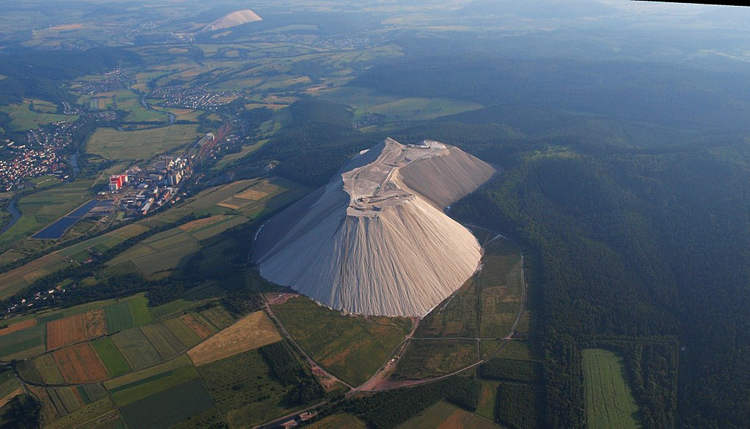
The town of Herringen, in central Germany, is home to a heap of sodium chloride (table salt) so massive that it has come to be known as Monte Kali. It is the world’s largest artificial salt mountain. The origin of Monte Kali can be traced back to the year 1976, when potash salt started being […]
Italy’s Famous Upside-Down Fig Tree
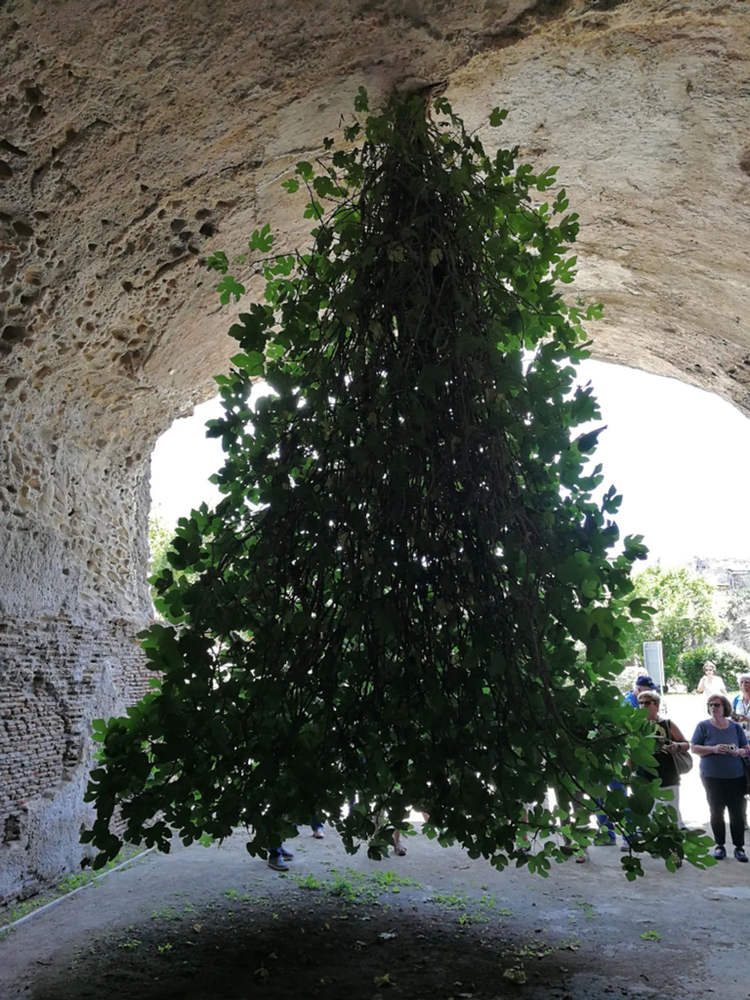
The ancient ruins of Baiae, near the modern city of Bacoli, in Italy are home to a botanical oddity known as the upside-down fig tree. Looking at the tenacious tree growing out of the ceiling of an ancient Roman archway, it’s easy to see why it’s called the upside-down tree. It is literally inverted, growing […]
Helensburgh Glow Worm Tunnel – An Otherworldly Tourist Attraction
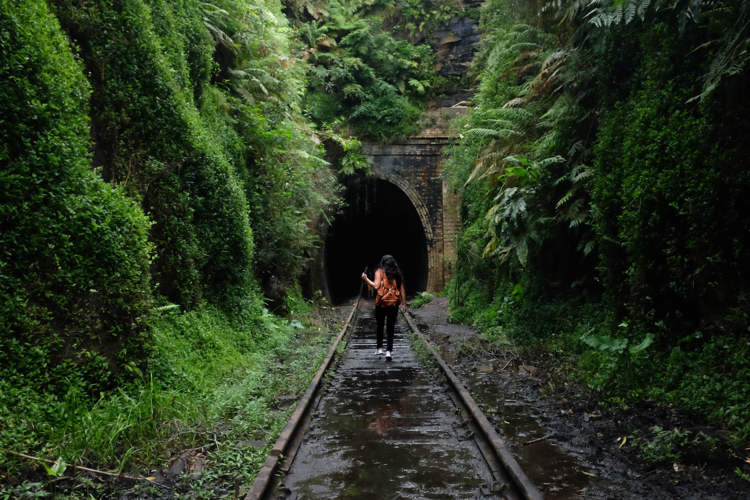
The small Australian town of Helensburgh is home to one of the most amazing places on the planet – an abandoned railway tunnel that glows an eerie blue at night. The Helensburgh Glow Worm Tunnel is an abandoned rail tunnel in Helensburgh, New South Wales which has become famous both for the ghost stories surrounding […]
The World’s Largest Monastic Library Is Also One of the Most Beautiful

Admont Abbey, a Baroque monastery in Austria, hosts the world’s largest monastic library, which also happens to be a stunning work of art. Dating back to the year 1074 when the Benedictine monks of Salzburg decided to found their own abbey in the town of Admont, Admont Abbey is one of the most popular tourist […]
This Leaning Temple Is Taiwan’s Version of the Tower of Pisa
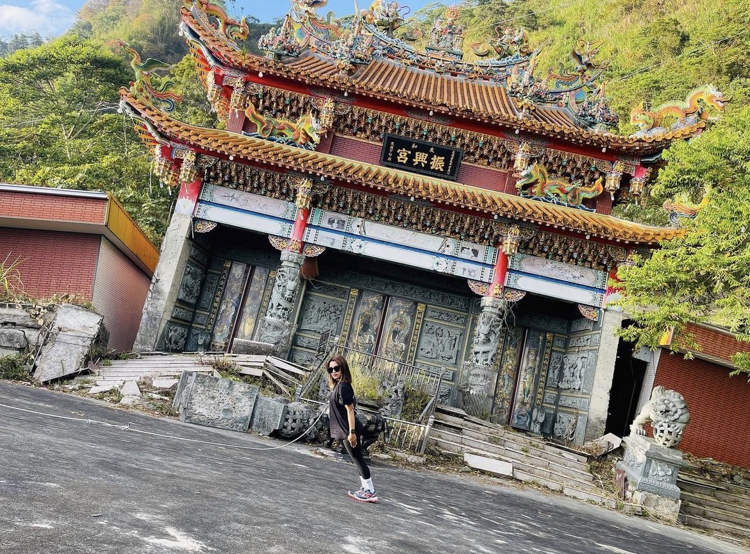
Taiwan’s Chiayi County is home to a temple so slanted that it has been dubbed Taiwan’s version of the Leaning Tower of Pisa. In August of 2009, Taiwan was ravaged by Typhoon Morakot, the deadliest typhoon to hit the island in its recorded history. It produced copious amounts of rainfall that resulted in enormous mudflows […]
The Anti-Pirate Houses of Ikaria Island
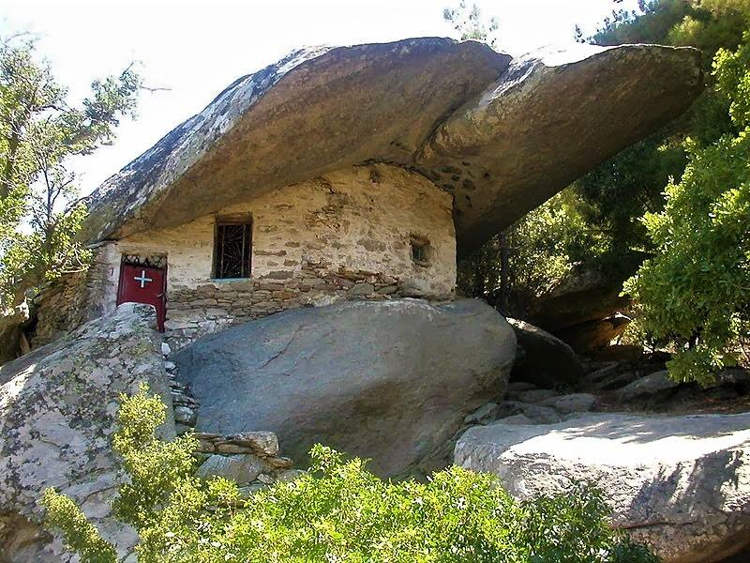
The Greek Island of Ikaria in the Aegean Sea is home to numerous camouflaged houses built under giant rocks to make them harder to spot by pirates. Nowadays, Ikaria is a popular tourist destination famous for its sandy beaches, picturesque villages and pristine natural landscape. But it wasn’t always the slice of paradise it is […]
Pheasant Island – A Small Patch of Land That Changes Country Every Six Months
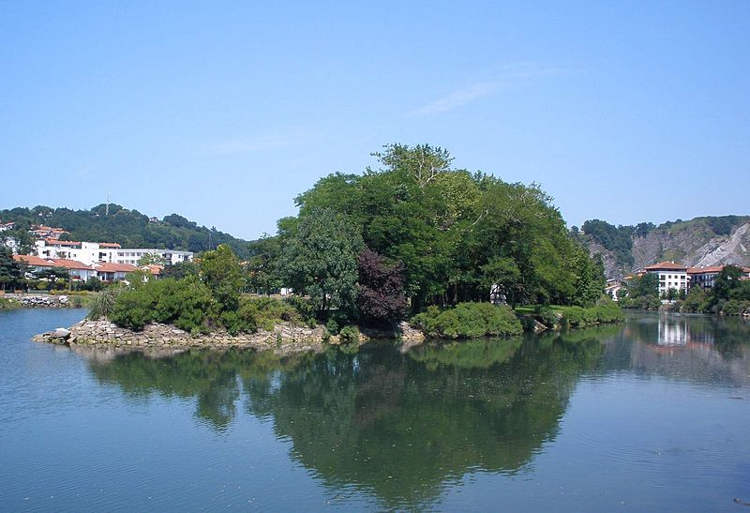
Pheasant Island is a tiny island on the border between Spain and France that alternates ownership status between the two countries every six months. Located on the Bidasoa River, the natural border between Spain and France, Pheasant Island is a deserted patch of land with a rather fascinating history and political status. It might not […]
Lerik – Azerbaijan’s Land of Longevity
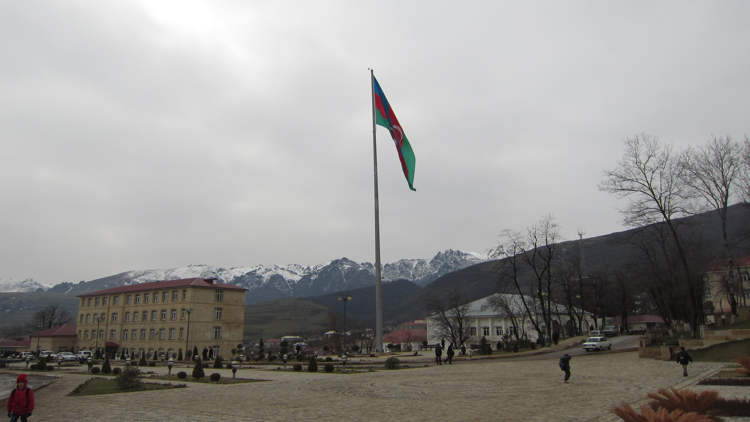
Lerik, a mountainous region in southern Azerbaijan, is famous for being home to an unusually high concentration of centenarians. Regions where people tend to live longer than average are known as “blue zones”, and we’ve actually covered a couple of them in the past – Japan’s Okinawa island and Ikaria, Greece’s island of longevity. However, […]
The World’s Smallest Town Has Only Two Streets and Three Rows of Houses
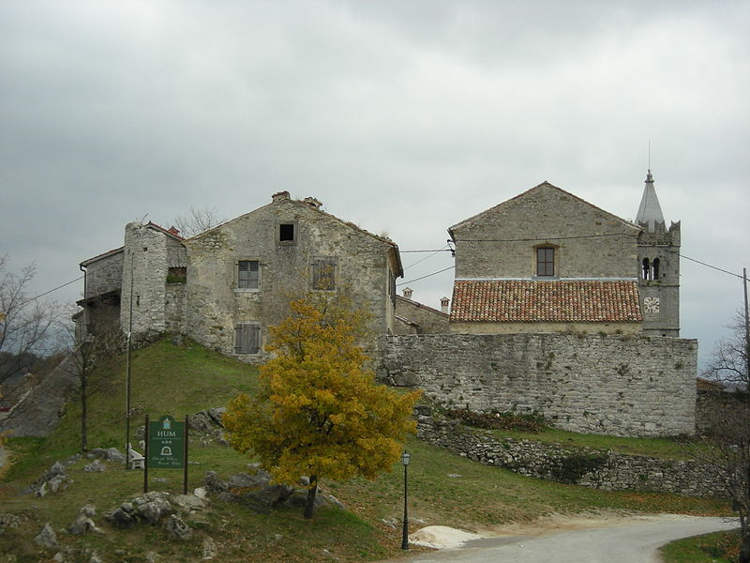
Hum is a picturesque hilltop settlement in Croatia’s Istria region whose main call to fame is being the smallest town in the world. Located in central Istria, approximately a 2.5 hours drive from Croatia’s capital city of Zagreb, the medieval hilltop town of Hum is home to between 20 and 30 people (21 according to […]
The World’s Highest ATM Sits Atop a 4,693-Meter-Tall Mountaintop
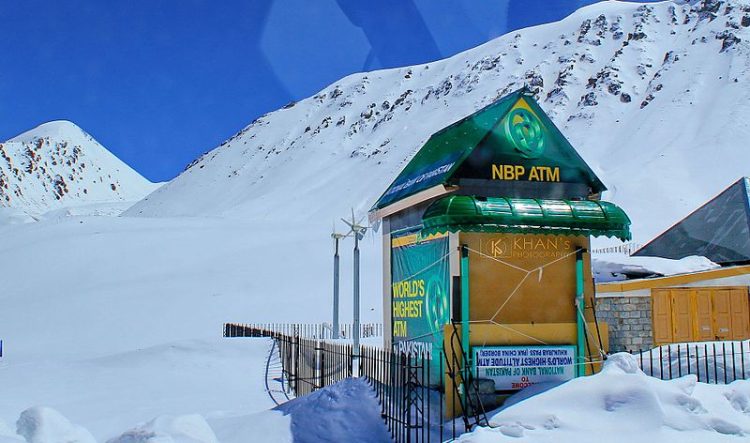
The highest-altitude cash machine in the world is located at the Khunjerab Pass border between China and Pakistan, at an elevation of 4,693 meters. Over the past few decades, the ATM has become one of the world’s most ubiquitous pieces of technology, but you wouldn’t expect to see one while trekking through the snow-covered mountains […]
This Man-Made Mound in Rome Consists of Millions of Ancient Amphorae
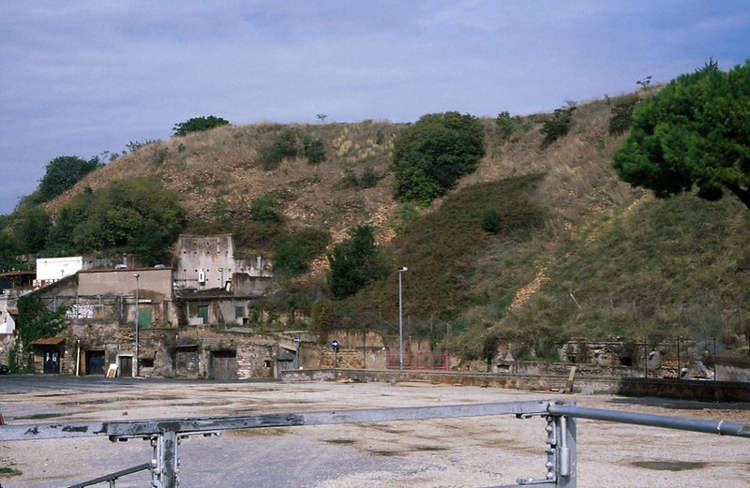
Monte Testaccio, an artificial mound in Rome composed almost entirely of broken pottery, might be the largest trash heap in the ancient world. At first glance, Monte Testaccio looks like an ordinary greenery-covered mound, the likes of which can be found all over the world. But underneath all that shrubbery and the thin layer of […]
